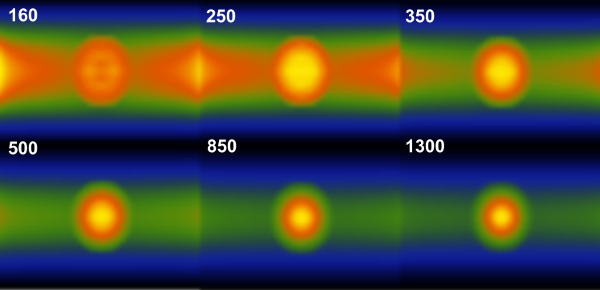| EPoS Contribution |
|
Star Formation Rates Derived from Current Core Mass Functions: Why are They Physically Not Meaningful?
Juergen Steinacker IPAG/MPIA, Grenoble, FR | |
|
Accumulated for an entire star formation region, the number of cores
in a certain mass range (core mass function CMF) can aid to calculate
the star formation rate and efficiency when compared to the
initial mass function IMF of stars.
In this contribution, we will discuss new calculations showing
that the errors of the mass determination
are already so large that no meaningful rates and efficiencies can be derived.
Concerning the number of cores per mass bin there is sufficient discussion in the literature on the completeness of the number of cores on both the low- and high-mass end. Furthermore, the determination of the core borders and thus the associated bin varies with the used core finding algorithm. Lately, also the accurate mass determination of each core was improved. Earlier work relied on single-temperature modified blackbody fits of the dust emission. New methods use spherical or elliptical core models or even core-filament models allowing for temperature variations along the line-of-sight. But the variations in mass can be a factor of 10 or more depending on the applied mass determination method. To measure the mass errors across the CMF, we have constructed of a set of core-filament systems with varying masses, for different outer radiation fields and dust properties. Using forward radiative transfer we calculated theoretical images in the Herschel bands with realistic resolutions. Applying various mass determination methods to the synthetic images we compared the derived and originally known mass. We will discuss the various errors and their impact on the CMF as well as which method is best suited to measure CMFs. | |
 | |
| Caption: Examples of the synthetic images of the core-filament system at Herschel and ground-based telescope bands, the number gives the mean wavelength in micron. | |
| Collaborators: A. Bacmann, IPAG, FR Th. Henning, MPIA, DE P. Myers, Harvard U, US |
Suggested Session:
Star formation "laws" and IMF |

